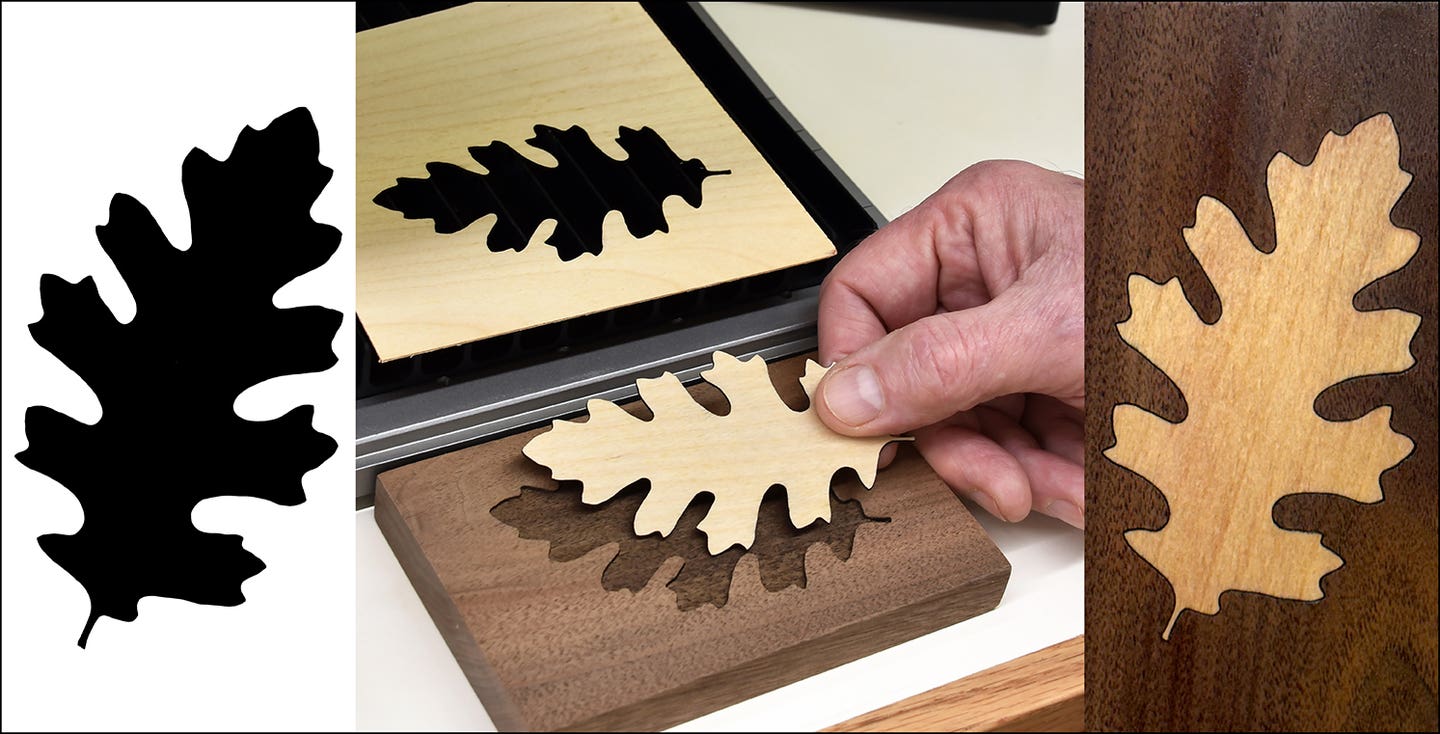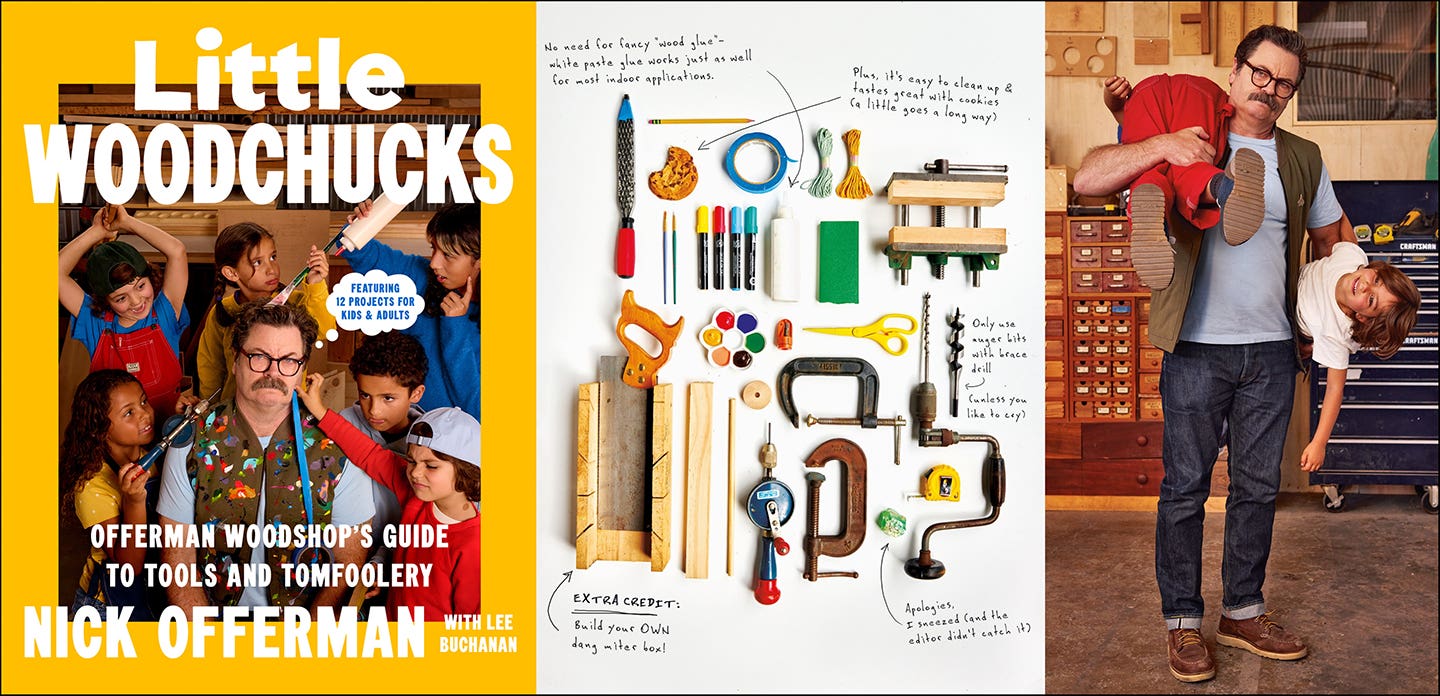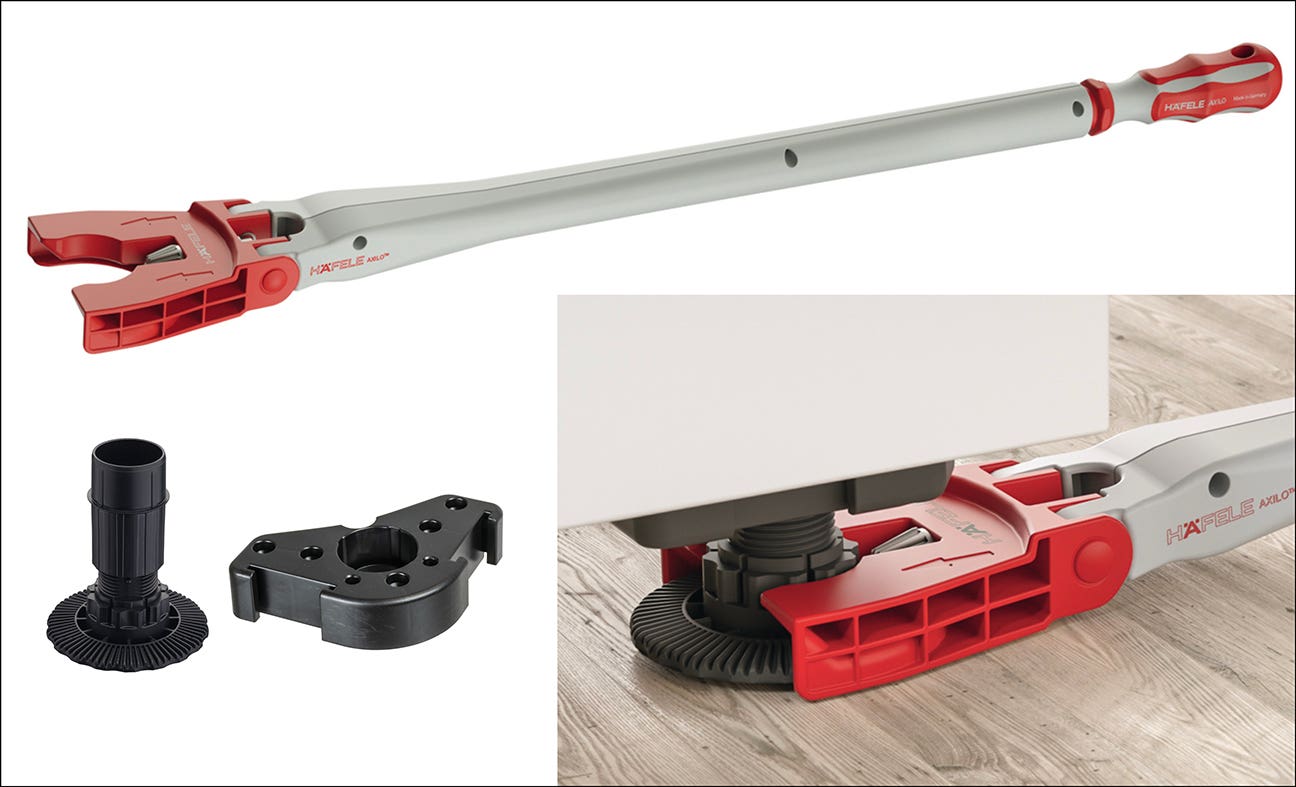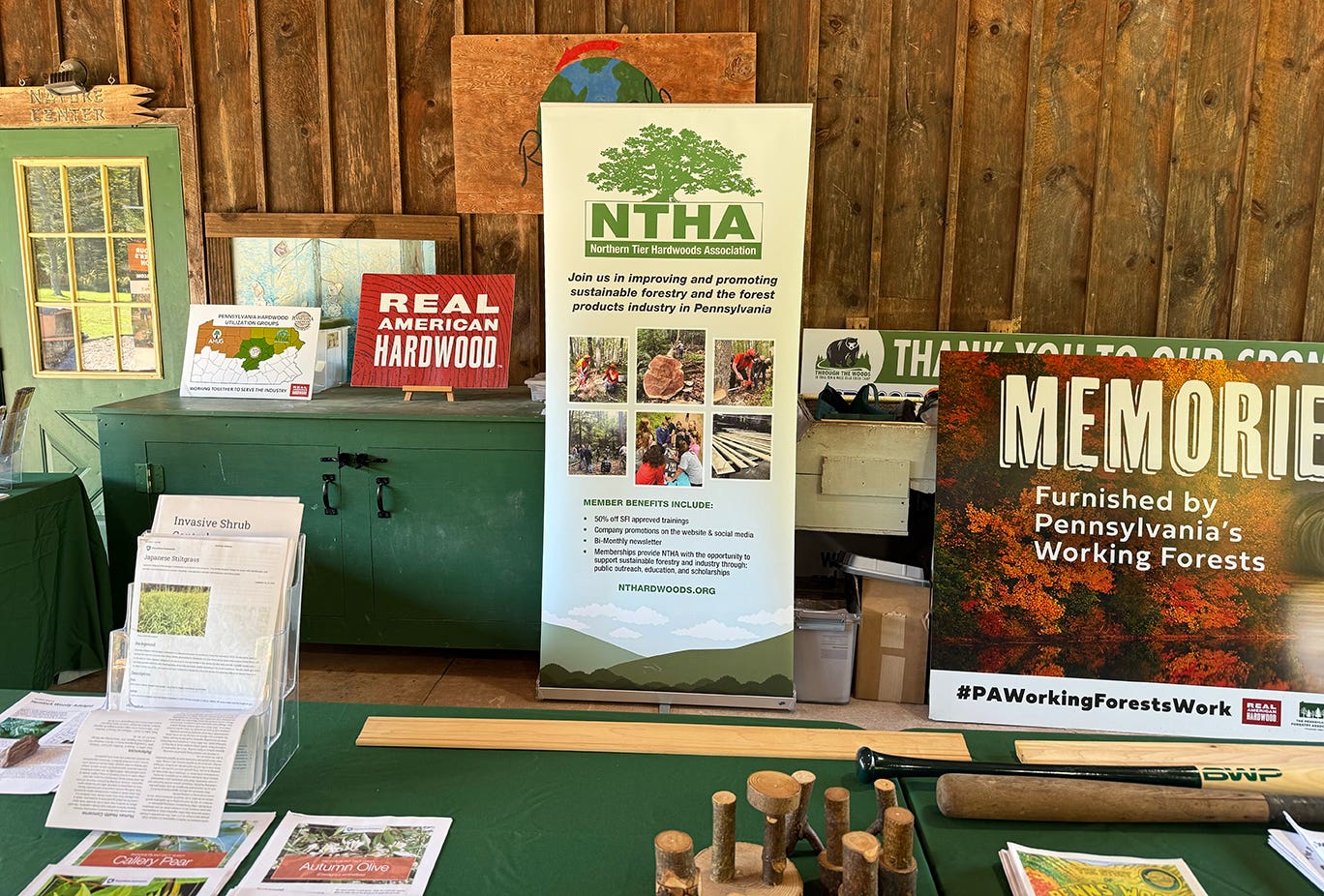Works for me, but maybe not for thee
When I first contemplated doing this blog I didnt think Id comment on other Internet discussions I came across. Good thing I didnt make it a New Years resolution, or…
When I first contemplated doing this blog I didnt think Id comment on other Internet discussions I came across. Good thing I didnt make it a New Years resolution, or Id have failed. (As to other New Years resolutions I made? Never mind.)
I probably still wouldnt have commented on this, except that Ive seen separate but similar discussions on the topic in two different woodworking forums. Without getting into specifics, in each case the poster has discussed a woodworking procedure that works for him, even though others might find the practice dangerous. I wont quote the original posts nor the many responses (in at least a few cases, rules of common good taste prevent me), but suffice to say that the some of the feelings and opinions going back and forth were quite ugly. The bottom line in each case, though, is that the posters have discovered a method of work that, while not adhering to strict safety practices, works safely for them.
Have you ever seen Sam Maloof cutting armrests for his signature rockers freehand on a band saw? Its enough to give you nightmares, and Sam will be the first to tell you never to do what he does. But the fact is that hes been doing it that way his entire career, and has never hurt himself. (He has indeed hurt himself in the shop hes missing a couple fingertips, but the accident was not related to the band saw.) While Id likely be asking my wife to tie my shoes for me for the rest of my life if I tried his method, Sam unlike me knows what hes doing. If he were to change his way of cutting to something you or I would deem safer, something so foreign to the way he works, that in itself could very easily be an invitation to disaster.
I encourage every person working with woodworking equipment to be as safe as possible, and to follow the standard safety practices we all know by heart. But I understand perfectly how someone who is very, very good at what they do might not want to change a practice merely to avoid the derision of others.
Do I advocate dangerous practices with woodworking equipment? Never. But I would also hesitate to advocate a safer procedure that, for the practitioner not used to it, might be just as dangerous.
Till next time,
A.J.
A.J. Hamler is the former editor of Woodshop News and Woodcraft Magazine. He's currently a freelance woodworking writer/editor, which is another way of stating self-employed. When he's not writing or in the shop, he enjoys science fiction, gourmet cooking and Civil War reenacting, but not at the same time.







